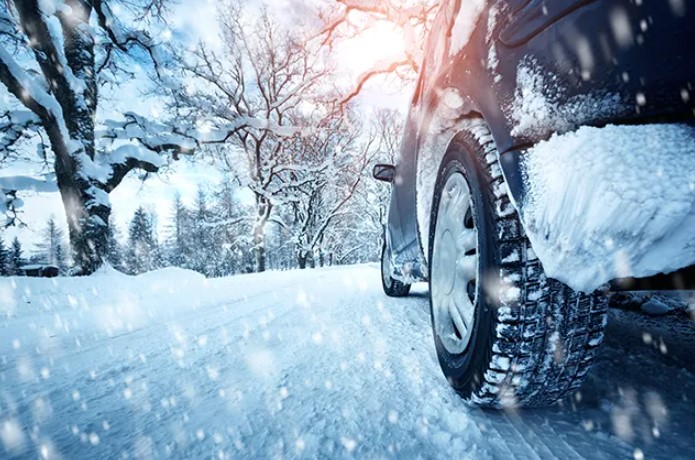
Hail damage can wreak havoc on vehicles, leading to expensive repairs. However, there are steps vehicle owners can take to mitigate the impact of hail damage. First and foremost, seek shelter. It may include a garage, a carport, or even a covered public parking space like a highway underpass or service station awning.
Stay Alert
Hail damage can range from an easily repaired ding to cracks or broken glass that may cost you thousands of dollars. There were 4,611 major hailstorms in the US in 2020, with over $8 billion in property and auto insurance claims. Fortunately, preparing your vehicle before severe hail strikes will reduce your risk of damage. Sign up for county emergency alerts in your area or have a NOAA weather radio to get up-to-the-minute information about your local weather. Keep an eye on your local news and monitor radar updates to be prepared for hailstorms.
If you find yourself in your car during a hailstorm, pull over to a safe place like a garage or under a service station awning and turn on your hazard lights. If you must drive, crouch down and cover your head to protect yourself from broken glass if it happens. As soon as the hailstorm ends, take a thorough walk around your car to assess the damage. A hail storm vehicle repair Denver CO, is essential for businesses and individuals whose vehicles have sustained damage.
Know When It’s Coming
Hail is often hard to predict; even with the best technology, it can swoop in without warning. That said, it doesn’t hurt to check weather reports beforehand, and if the forecast calls for hail, you should take a few precautionary measures. The most obvious step is to find cover before the hail hits. It can be your garage at home, a carport, or covered public parking (like a gas station or parking deck). Position your vehicle to face the direction the hail is coming from. It reduces the force of impact on your vehicle’s glass.
You can still protect your car with blankets and floor mats if you don’t have a garage or carport. Just be sure to duct tape them down, as wind gusts might blow them away. Also, cover the most fragile parts of your vehicle first (windows, windshields, roof) with the softer side of the blanket facing down.
Cover Your Car
Hail can seriously harm your vehicle. It’s costly, from dings and dents to cracked or shattered windshields, dingy paint, leaky roofs and sunroofs. Although hail storms are unpredictable, knowing what to do can help you avoid the extra expense of damage repair. Checking a dedicated weather forecast (or using your smartphone’s weather app) can give you advance notice of a hailstorm, giving you plenty of time to get under cover or make other arrangements. It might seem like a small step, but regularly checking the weather can make all the difference in keeping your car safe.
If you don’t have a garage to park in, one quick option is to use what you have on hand – blankets, floor mats, cardboard boxes – to shield your vehicle from hail. This method isn’t foolproof, but it can significantly reduce the impact of hail stones on your car.
Park Indoors
The ideal solution to prevent hail damage is to park your vehicle inside a garage or covered parking area at home when a storm is predicted. However, this is only sometimes feasible since hail can strike while you are driving to work or running errands. If you cannot find covered parking, locate any overhead protection that may be available, such as a gas station canopy or the awning of a restaurant. Parking under a bridge or next to an apartment building can also help reduce the impact of hail.
If you cannot find cover and the storm is already underway, try covering your vehicle’s body with any blankets or other materials you have on hand. Blankets and floor mats can be particularly effective at reducing the impact of hail on windshields, as they can soften the blow of the ice pellets and deflect them from the windshield’s glass surface. Cardboard boxes are another good option, but make sure they are thick cardboard, as thin, cheap versions will disintegrate when wet.